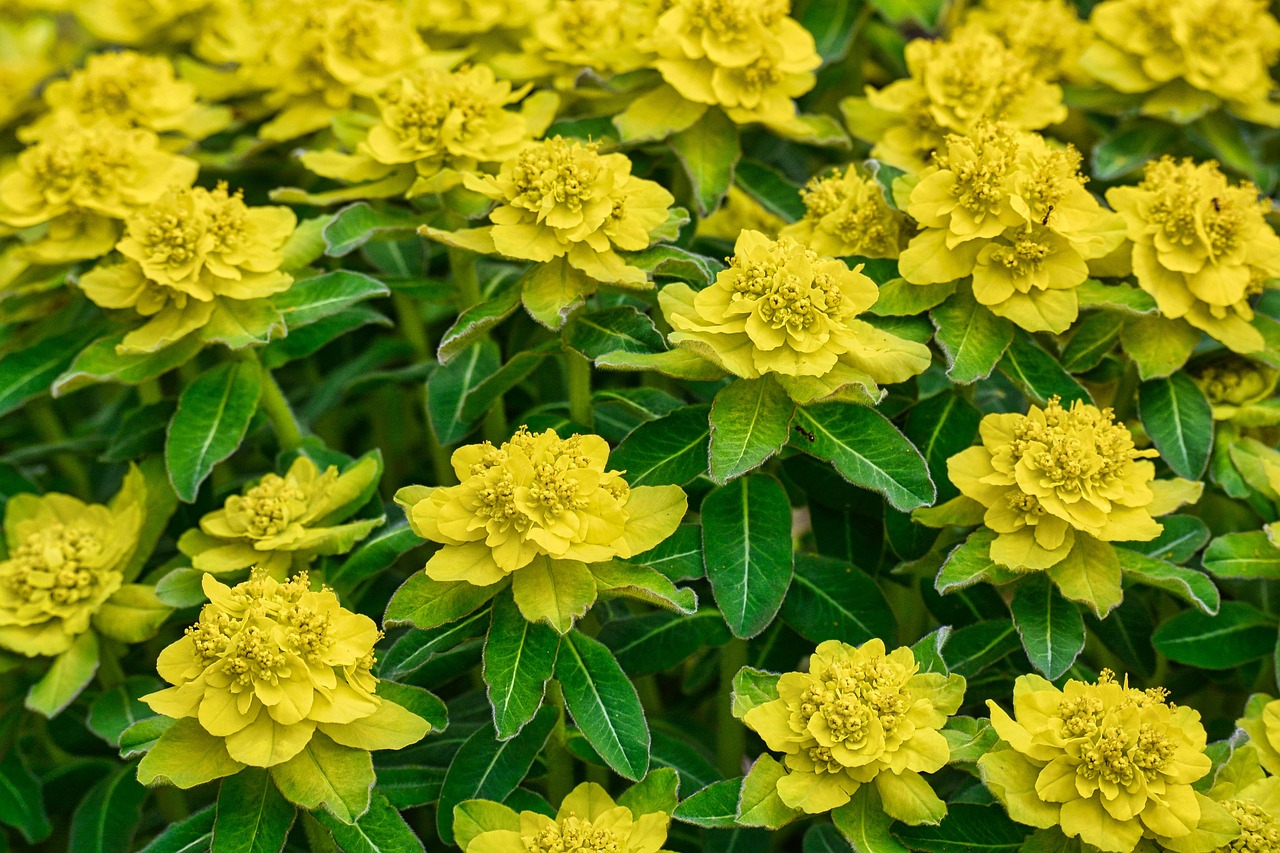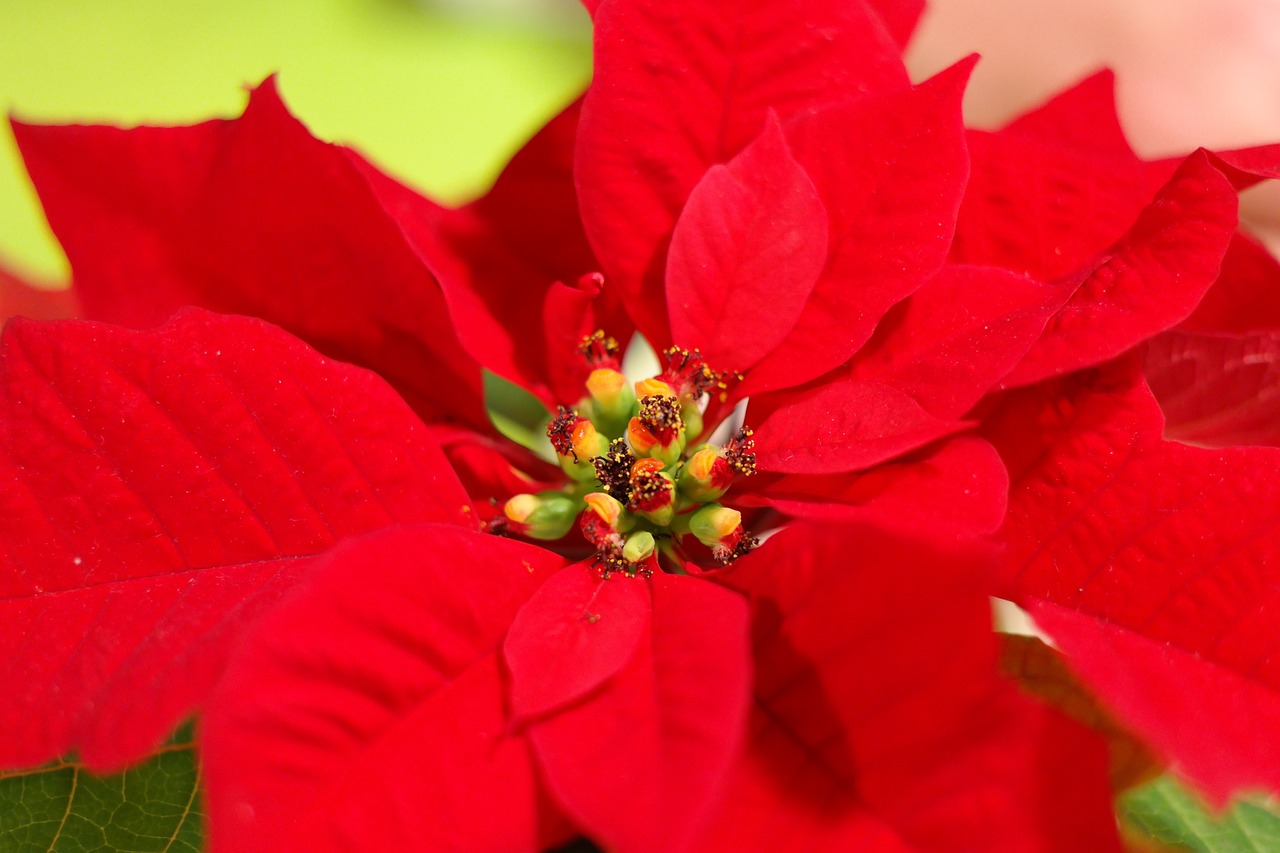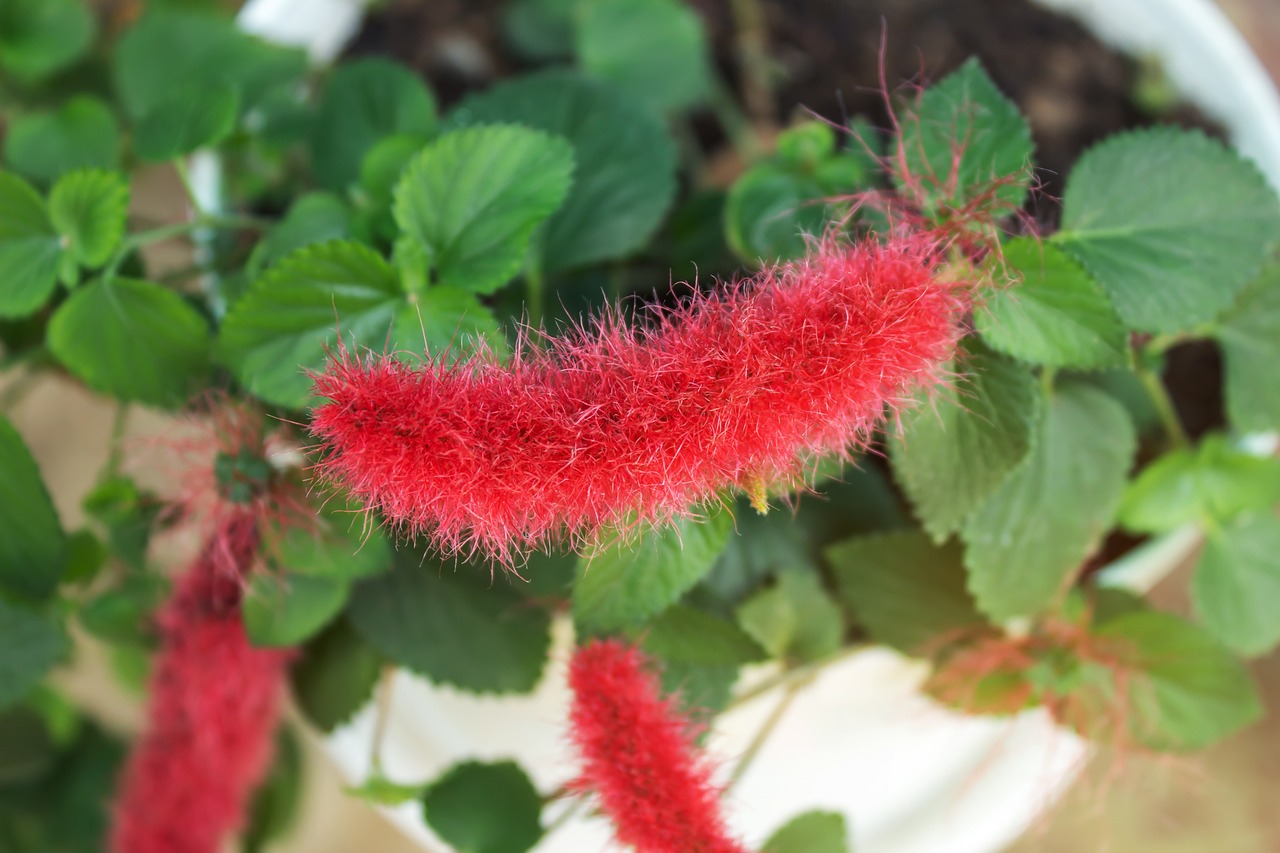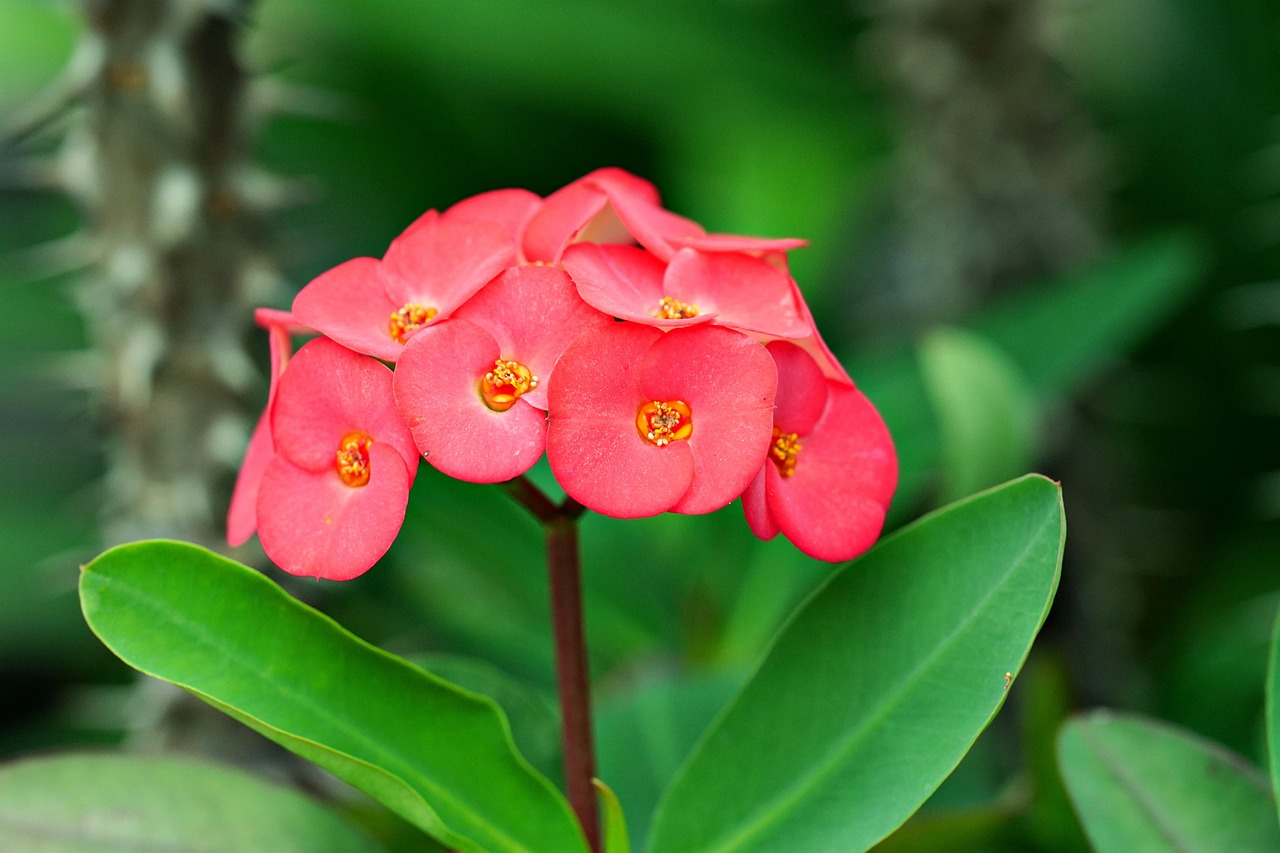Jatropha: Features and Care
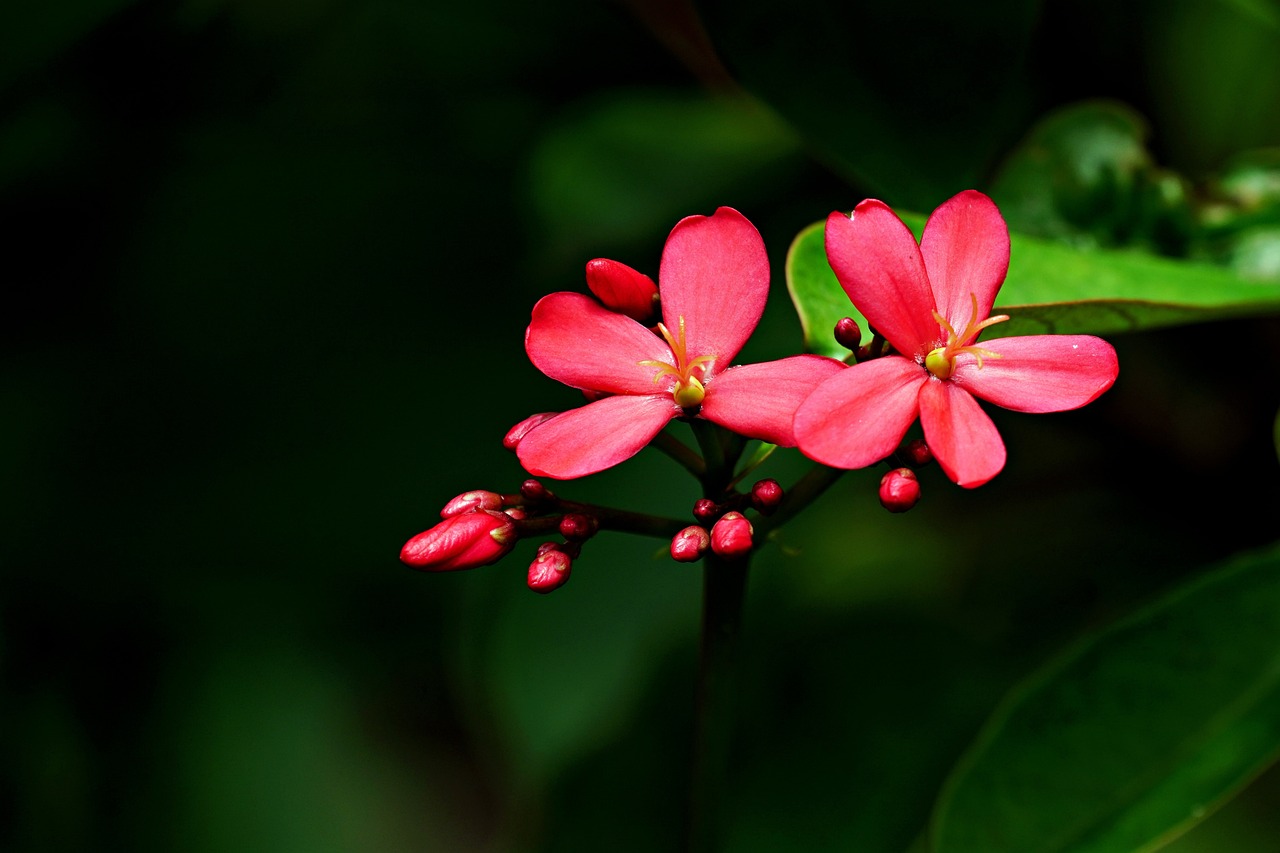
Jatropha is a striking plant known for its vibrant flowers and unique appearance. Its resilience and distinctive shape make it a great choice for gardening beginners.
This article provides detailed insights into Jatropha’s basic information, cultural and historical significance, and care tips.
Basic Information
- Scientific Name: Jatropha
- Family: Euphorbiaceae
- Origin: Tropical regions of the Americas and Africa
- Appearance: Jatropha is a shrub or small tree that typically grows 1 to 6 meters tall, depending on the species. Its leaves are deeply lobed and vary in shape. The flowers are vivid shades of red, pink, or orange and bloom for extended periods, often year-round in warm climates.
- Blooming and Fruiting Season: Jatropha blooms mainly from spring to fall but may flower year-round in tropical regions.
Cultural Significance Worldwide
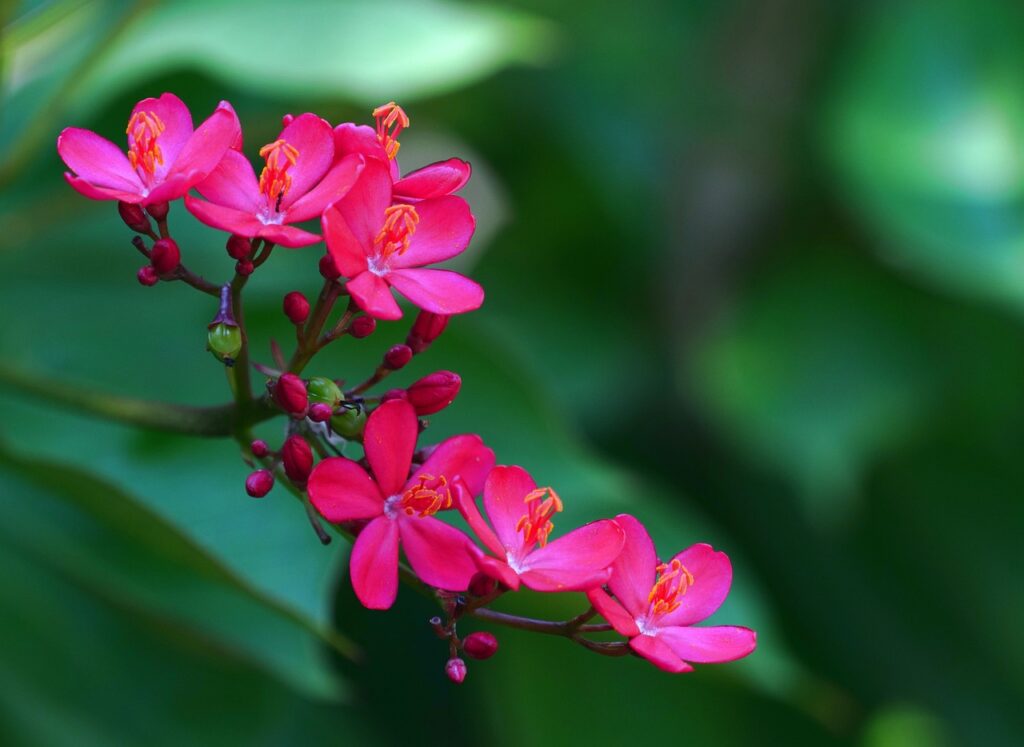
Jatropha is highly valued in tropical regions for its vibrant flowers and drought resistance. It is widely used in landscaping for gardens and public spaces, especially in Africa and Central and South America, where it often serves as a hedge or ornamental tree. In some regions, its resilience symbolizes “perseverance,” and it is cultivated as a token of prosperity and good fortune.
Recently, Jatropha has gained popularity as a houseplant in North America and Europe, appreciated for its unique aesthetic appeal.
Historical Episodes
Jatropha has been cherished since ancient times. In Central America, it was traditionally used to mark territorial boundaries in communities. In Africa, its seeds were sometimes crafted into ornaments or used in ceremonial practices. These cultural and historical applications reflect its significance in various societies.
In modern times, Jatropha’s durability and ornamental value have made it a favorite beyond tropical regions.
Gardening Tips
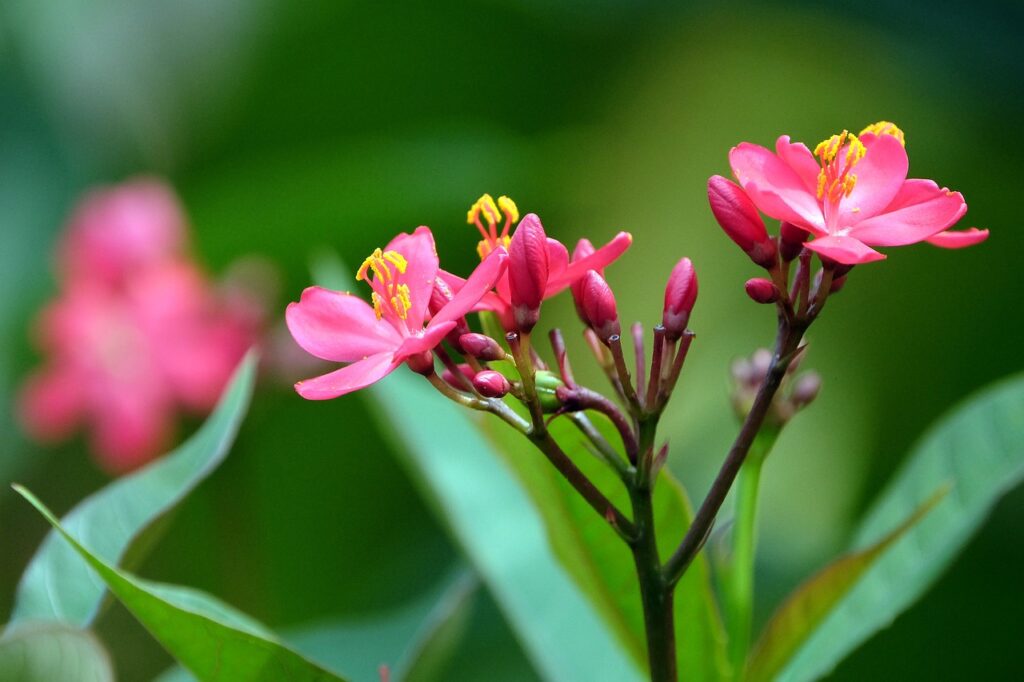
Jatropha is hardy and low-maintenance, but optimal care enhances its beauty. Below are essential care tips:
Sunlight
Prefers full sunlight but can tolerate partial shade, though this may reduce flowering.
Watering
Drought-tolerant; water sparingly. Allow the soil to dry out completely before watering. Avoid overwatering, as it may cause root rot.
Soil
Thrives in well-draining soil. Succulent potting mix or sandy soil is ideal. Use drainage stones in potted plants to improve water flow.
Fertilizer
Feed monthly during the growing season with diluted liquid fertilizer. Avoid over-fertilizing.
Pruning
Prune to shape the plant and remove crowded branches, ideally during the early growing season.
Conclusion
Jatropha’s unique shape and vibrant flowers make it a stunning addition to gardens and interiors. It is low-maintenance, drought-resistant, and perfect for both beginners and experienced gardeners.
Place it in a sunny spot with well-draining soil, and it will thrive beautifully throughout the year.

